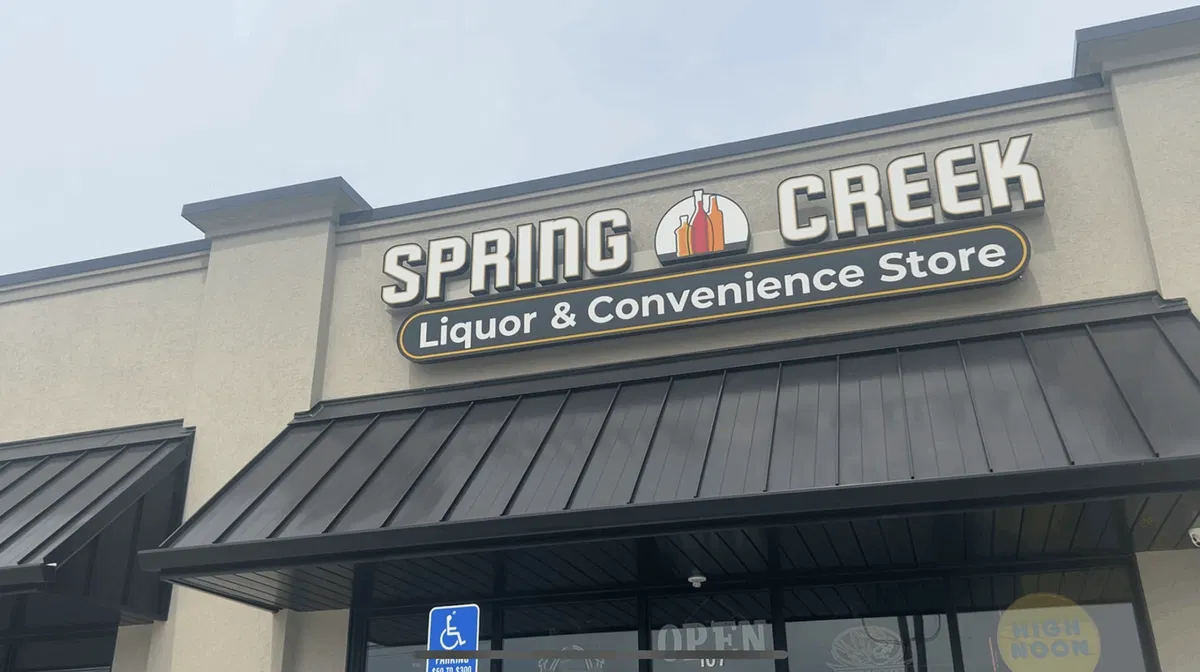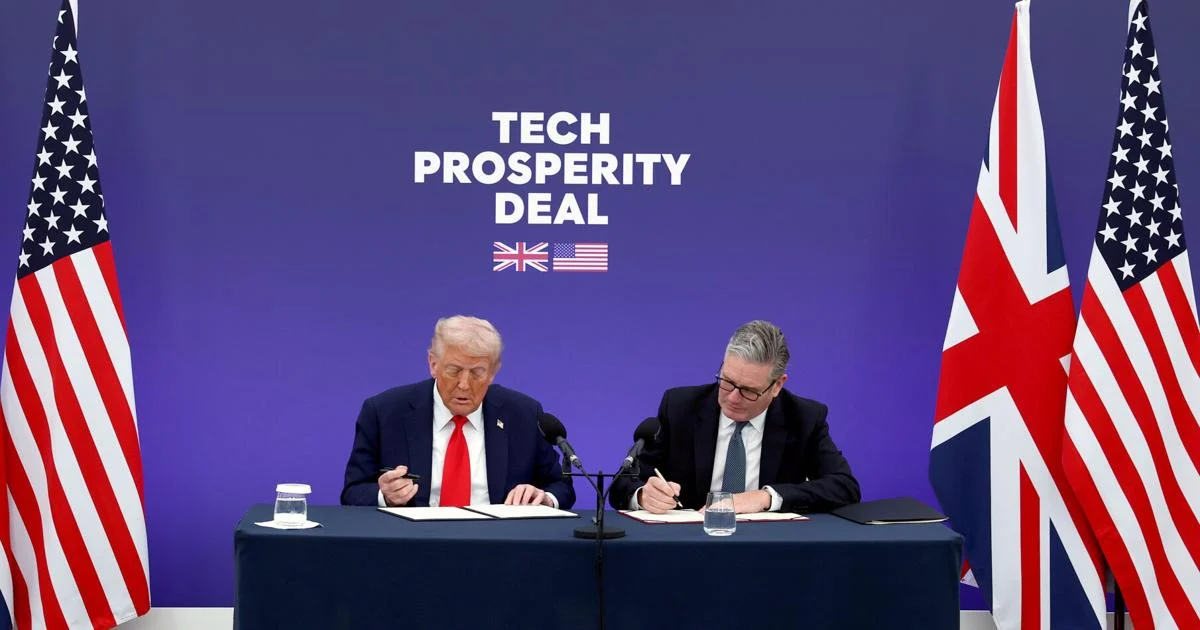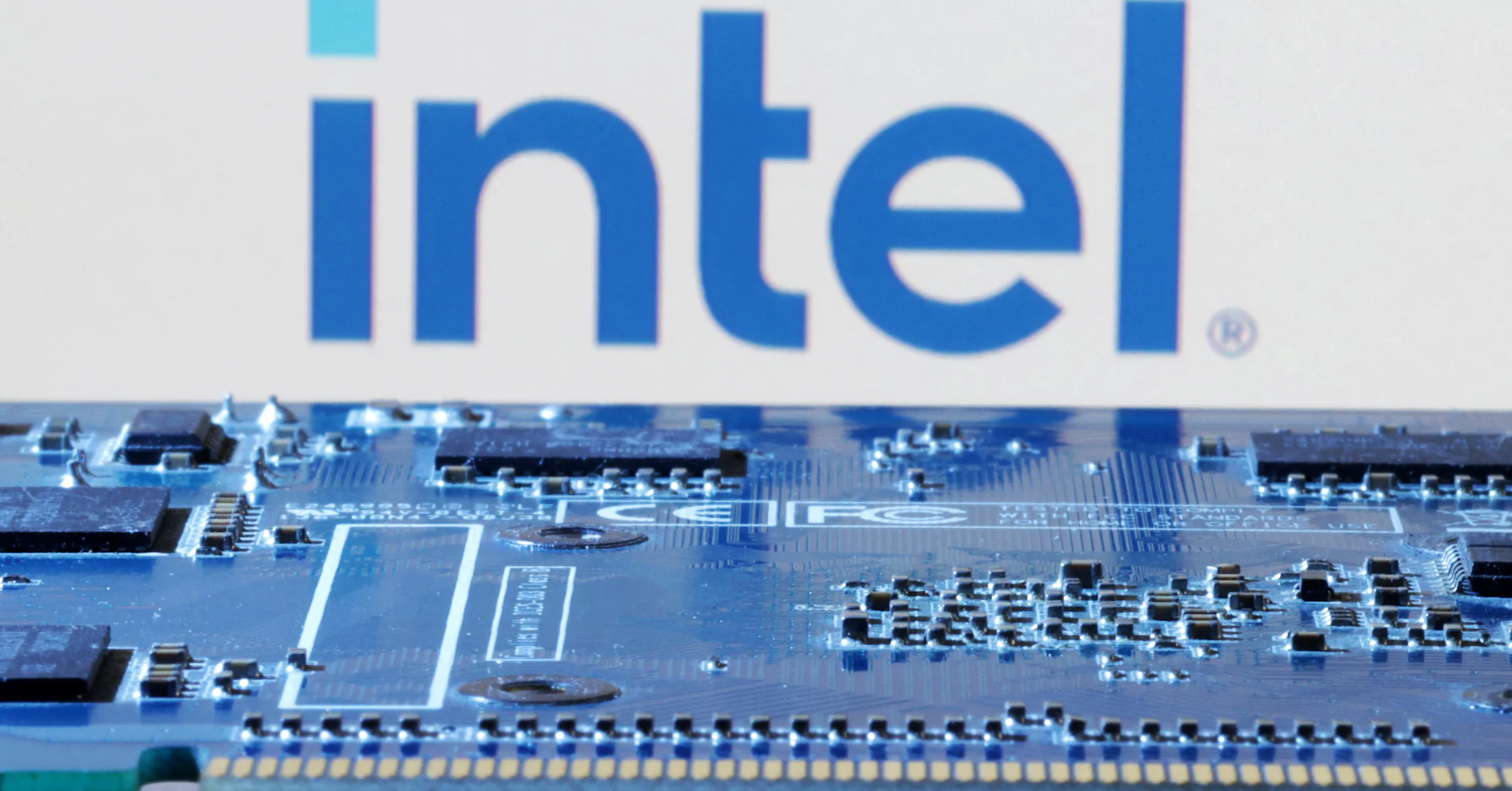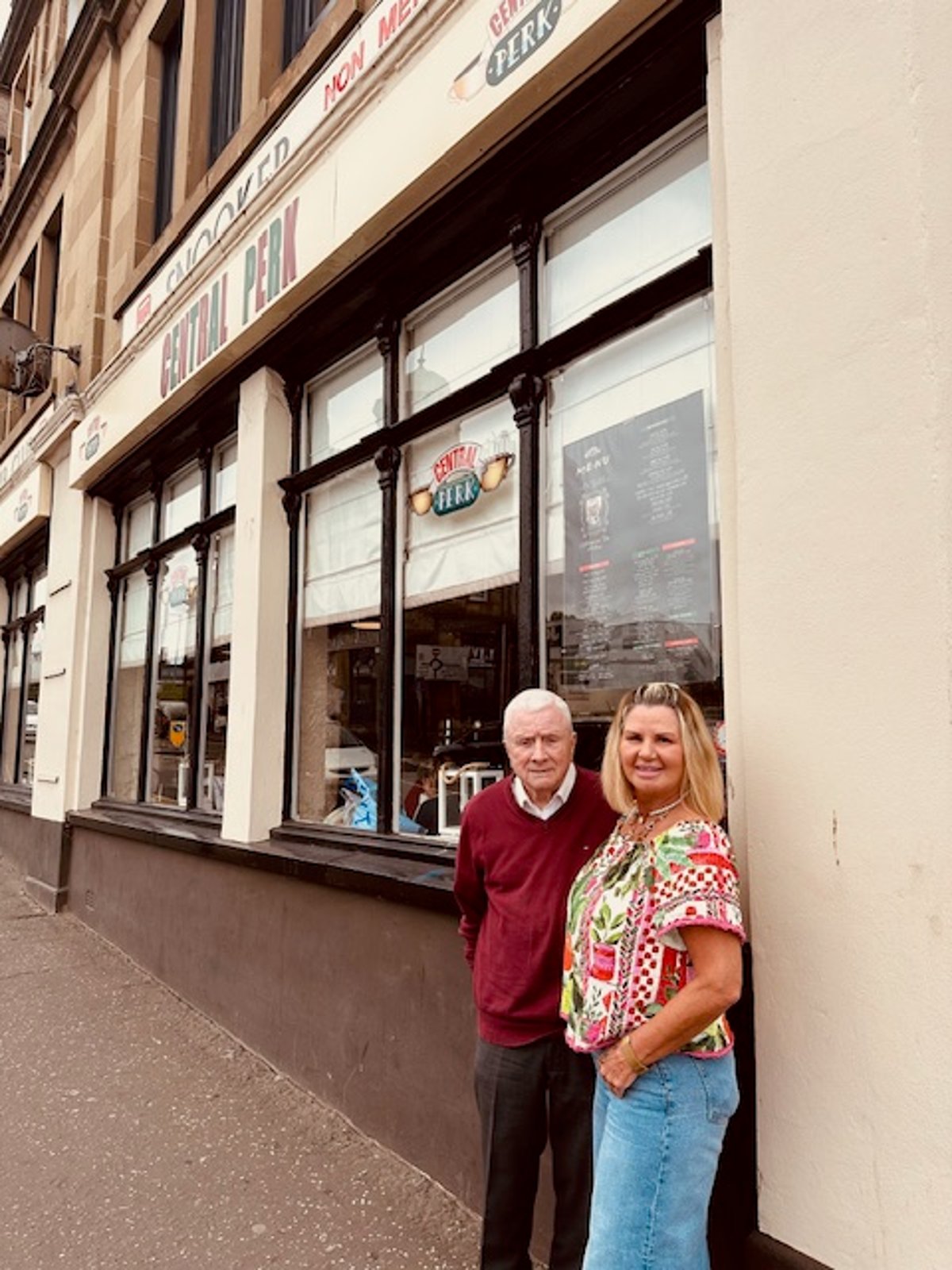Global Gateway in Namibia: EU high-level delegation visit showcases investment boosts in clean energy and job creation
By Staff Reporter
Copyright web
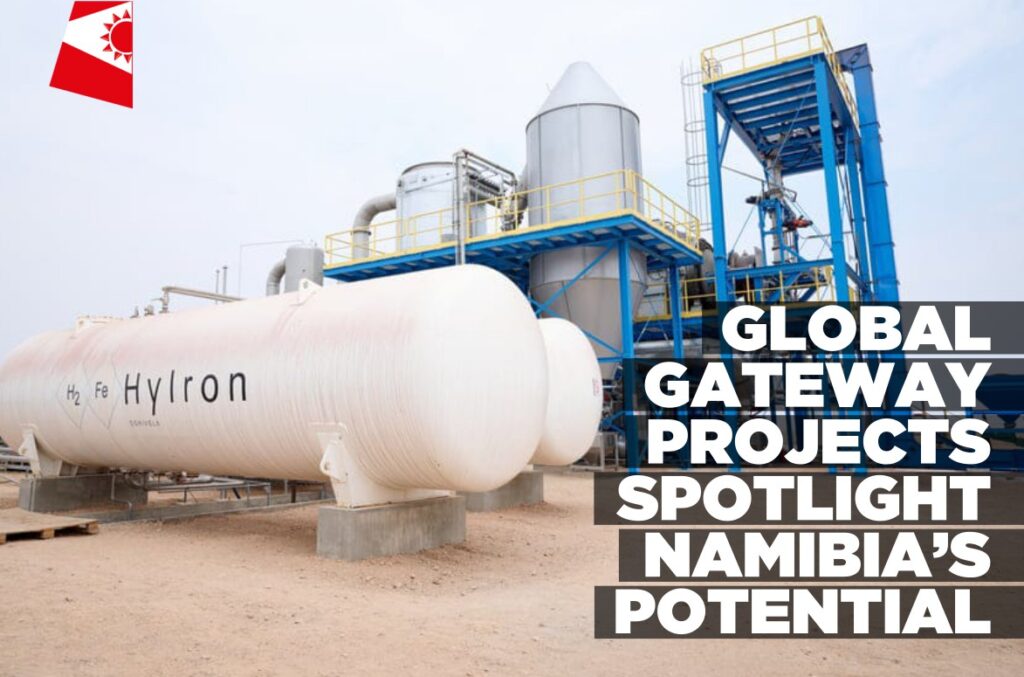
Business Reporter
A HIGH-LEVEL European Union (EU) delegation, led by Commissioner for International Partnerships H.E. Jozef Síkela, and accompanied by Barry Andrews, Chair of the European Parliament’s Committee on Development, along with eight senior members of the Committee and the Delegation to the Africa-EU Parliamentary Assembly, visited several EU-supported projects that boost the sustainable development of Namibia with a specific focus on education and job creation.
Jozef Síkela, EU Commissioner for International Partnerships, said that estimates indicate the green hydrogen industry in Namibia might create up to 130,000 quality jobs.
“The potential is truly significant and with Global Gateway we can turn it into concrete progress and opportunities—jobs, businesses, better services. The projects that we have visited encompass our whole 360-degree approach: a wide range of operations, from supporting critical infrastructure and electrification to developing regulatory frameworks, training youth with technical and vocational skills for more job opportunities, supporting civil society up to concrete innovative projects like HyIron and Cleanergy,” Síkela said.
PICTURED: Some scenes from the EU high-level delegation visit. Photos: Christian Stiebahl.
On his part, Barry Andrews said that the investments the EU is making through the Global Gateway initiative have the potential to create thousands of quality jobs for Namibian youth that help to build shared prosperity, promote human development, and secure economic opportunities for people across the country.
“Our support for green hydrogen is an important part of this effort, as it is also for our investment in a modern and climate-proof Namibian economy. The progress we have seen already is impressive, and with this industry still only in its infancy, there is an opportunity to make sure we are not only generating shared prosperity but doing so in accordance with the highest environmental and social standards that can act as a model for other countries in the region,” Andrews said.
Throughout the visit, the Commissioner and DEVE Committee members engaged with the private sector, civil society, local and regional government representatives, and workers to gauge their experience in setting up this pioneering green industrialisation in Namibia.
At first, the EU delegation inaugurated the Cleanergy Solutions Namibia project, a European-led green hydrogen project, together with the President of Namibia. This green hydrogen production project is underway and will power trucks, port equipment, railway applications, and small ships.
Looking ahead, Cleanergy Solutions Namibia will expand to include an ammonia jetty and storage facility, before scaling up hydrogen and ammonia production for export to South Africa and the EU. The Cleanergy Solutions Namibia project is a partnership between the Belgian shipping and clean energy company CMB.TECH and Namibia-headquartered company Ohlthaver & List Group (O&L).
At Namport, the delegation discussed how EU support to partnerships between Walvis Bay–Port of Antwerp and Bruges, and Lüderitz–Port of Rotterdam and Port of Sines can transform Namibian ports into regional logistics hubs on Africa’s southwest coast, by connecting landlocked neighbouring countries and the Copperbelt with the European and Asian markets for the green hydrogen value chain.
The EU is supporting studies and infrastructure planning to enable expanded container capacity and improved regional connectivity. This programme is very much in line with the EU Global Gateway strategy and is part of 11 Global Gateway transport corridors identified by the EU and African Union.
The visit to the TIDRET project, Towards an Inclusive Design of the Renewables Energy Transition, demonstrated how sustainable energy solutions can also advance gender inclusion and social equity. This project of €4.7 million, funded by the EU with €3.8 million and Germany, is bringing solar energy to disadvantaged households. Thanks to this project, 182 households, representing approximately 728 people, have received reliable access to clean energy. Of these, 70 percent are women-headed households.
The field visit concluded at the recently inaugurated HyIron production facility, Africa’s first climate-neutral green iron production facility, which demonstrates how green industrialisation can generate local jobs and value. The project has supported over 60 SMEs and 400 skilled labourers. HyIron is a milestone in Namibia’s partnership with Team Europe, including German funding (€13.7 million grant) for the first phase, now completed with a contribution from the EU and the Netherlands for a second phase, for a total of €12.9 million through the Climate Investor 3/Namibia SDG1 Namibia Fund.
